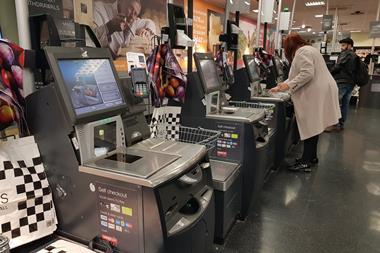Marks & Spencer is to launch an invoice discounting scheme for suppliers after implementing new, longer payment terms.
The scheme is being launched with high street banks HSBC and Royal Bank of Scotland with M&S using its clout and strong credit rating to negotiate better lending rates from the two banks for suppliers that want to borrow against their M&S sales invoices to ease their cash flow. The system is known as factoring or invoice discounting.
M&S said it would roll out the Vendor Financing Scheme on new orders from September 1. It will be offered at a rate of 0.95% above the rate at which banks lend to each other.
This is the first major initiative implemented by M&S since the arrival of new chief executive Marc Bolland from Morrisons in May.
The plans will see M&S extend its supplier settlement terms to bring them in to line across its general merchandise supply chain.
Supplier settlement terms have been extended from 30 days to 60 days for 860 general merchandise suppliers that work with the retailer on a freight on board basis. Freight on board refers to suppliers that relinquish responsibility for stock when it leaves the factory. In these circumstances, the retailer arranges transportation to the UK.
Landed or full service vendors -those which manufacture stock and deliver it to the UK for the retailer - have had payment terms increased from four to five weeks.
The decision to extend the settlement terms, which do not feature demands for an extra discount for M&S, will also bring in millions of pounds in liquidity for the chain, reducing interest paid on its debts.
M&S is the first retailer post recession to work in conjunction with banks towards offering better lending terms. Chains such as Tesco, Sainsbury’s and Monsoon have implemented similar schemes but these were all experimented with prior to the downturn.
An M&S spokeswoman said: “Following a full audit of our general merchandise payment terms, we are extending them to bring us in line with industry standards and aligning them so we have greater parity across our supply base.”



























1 Reader's comment